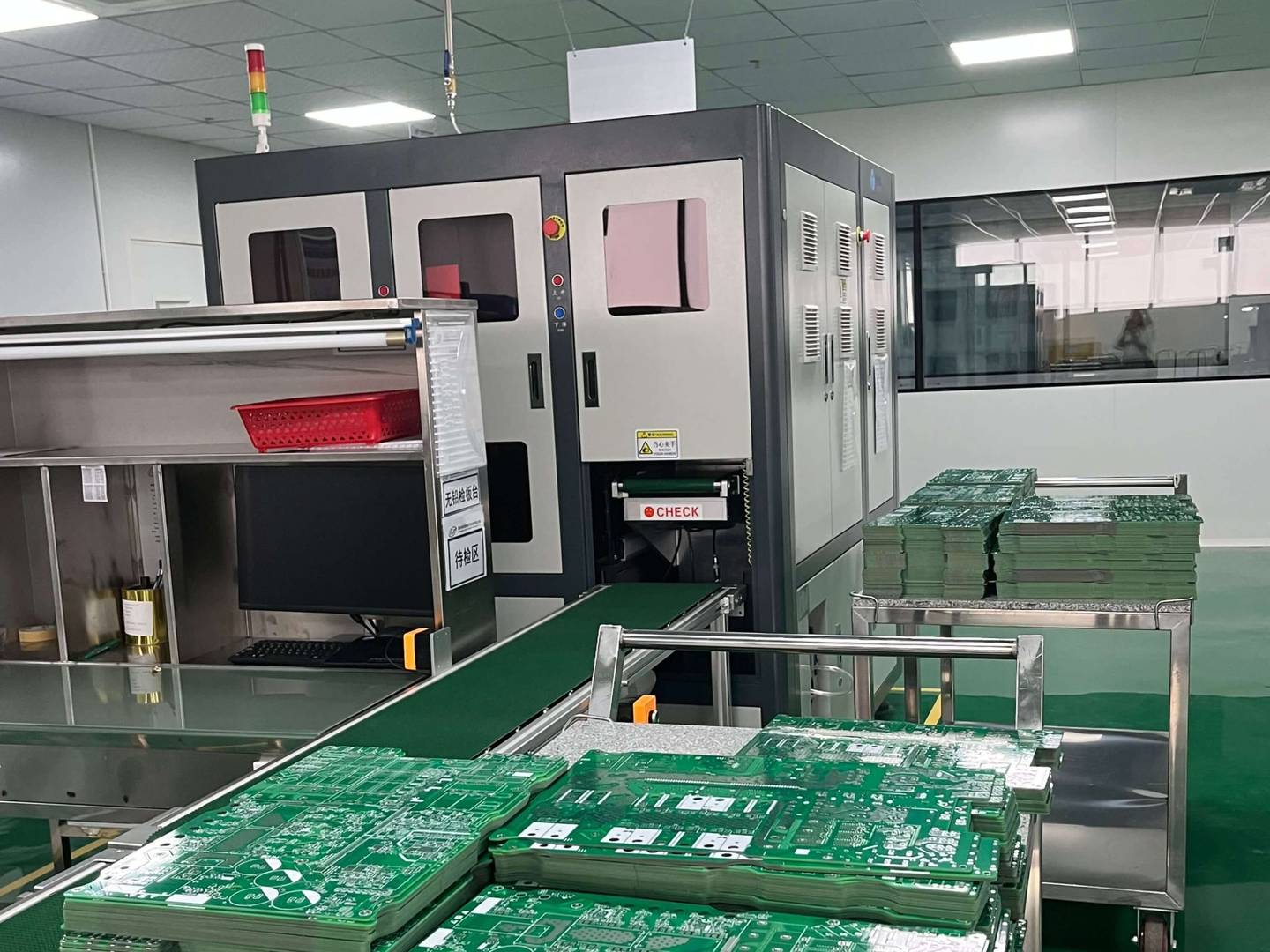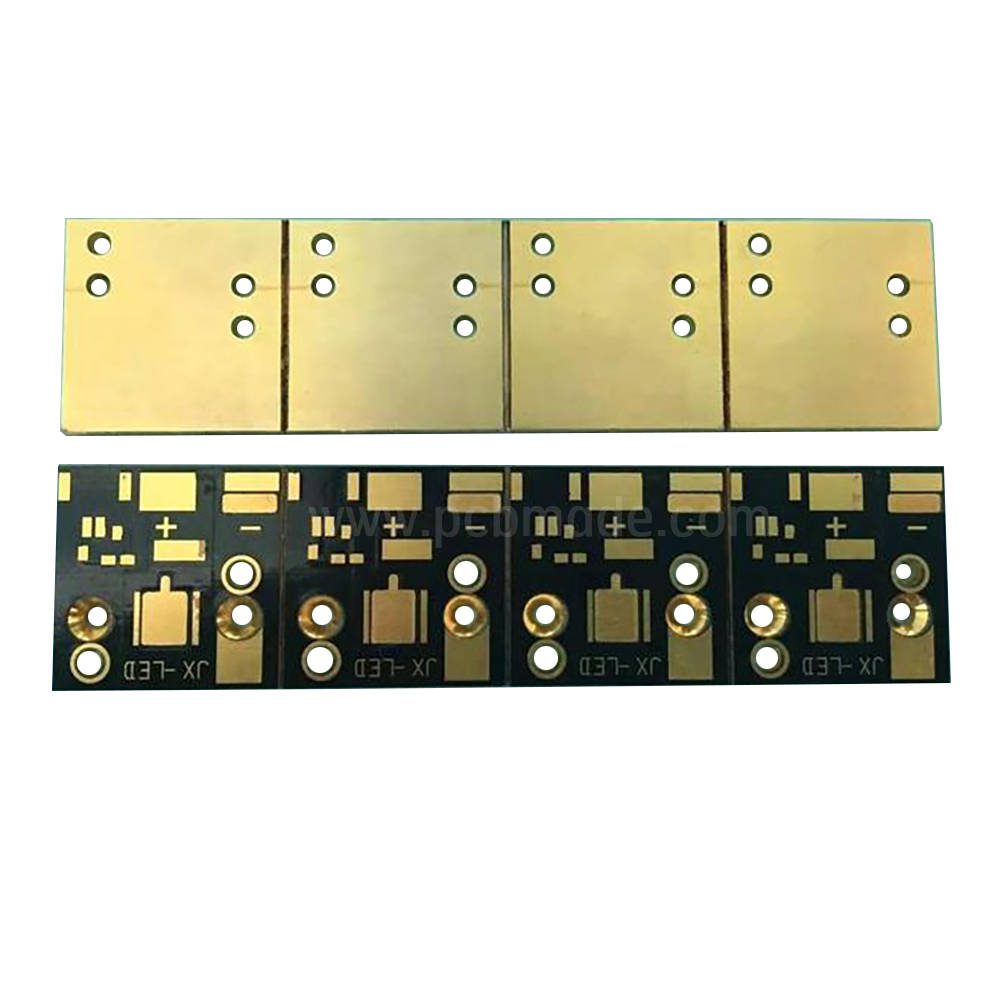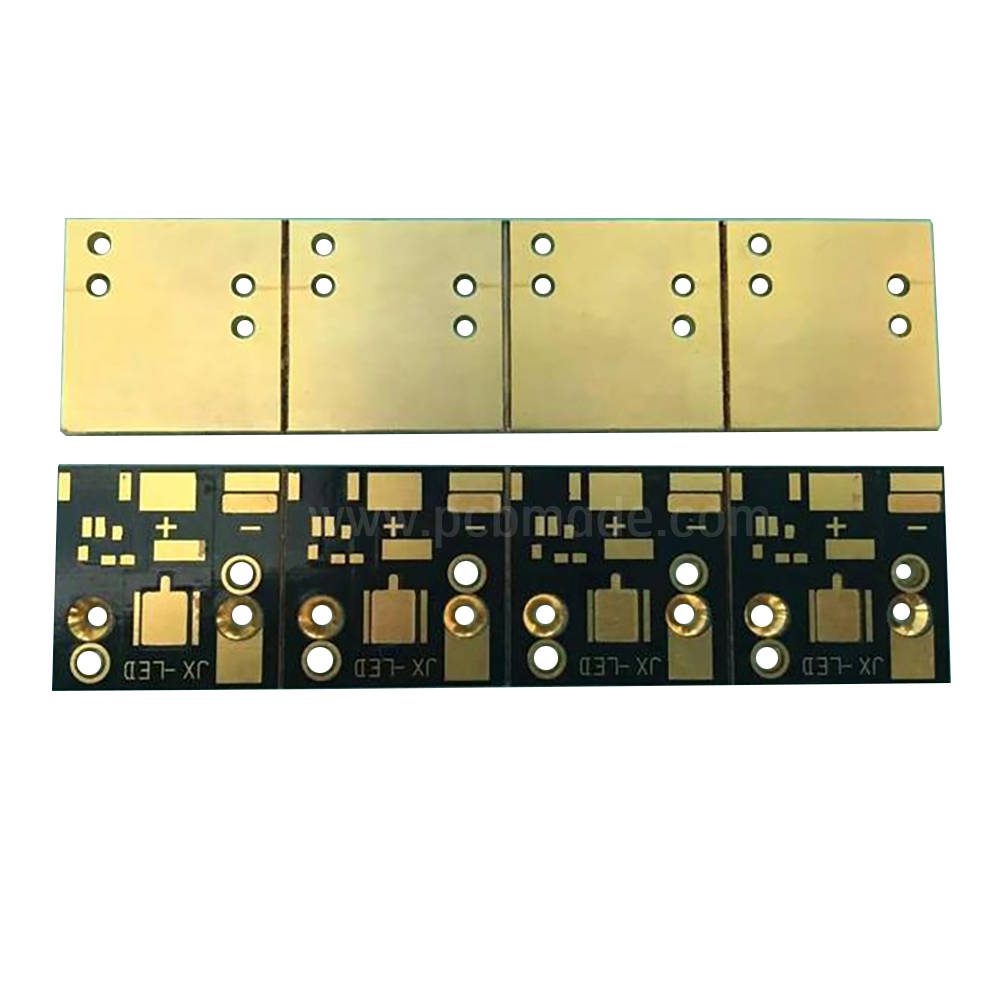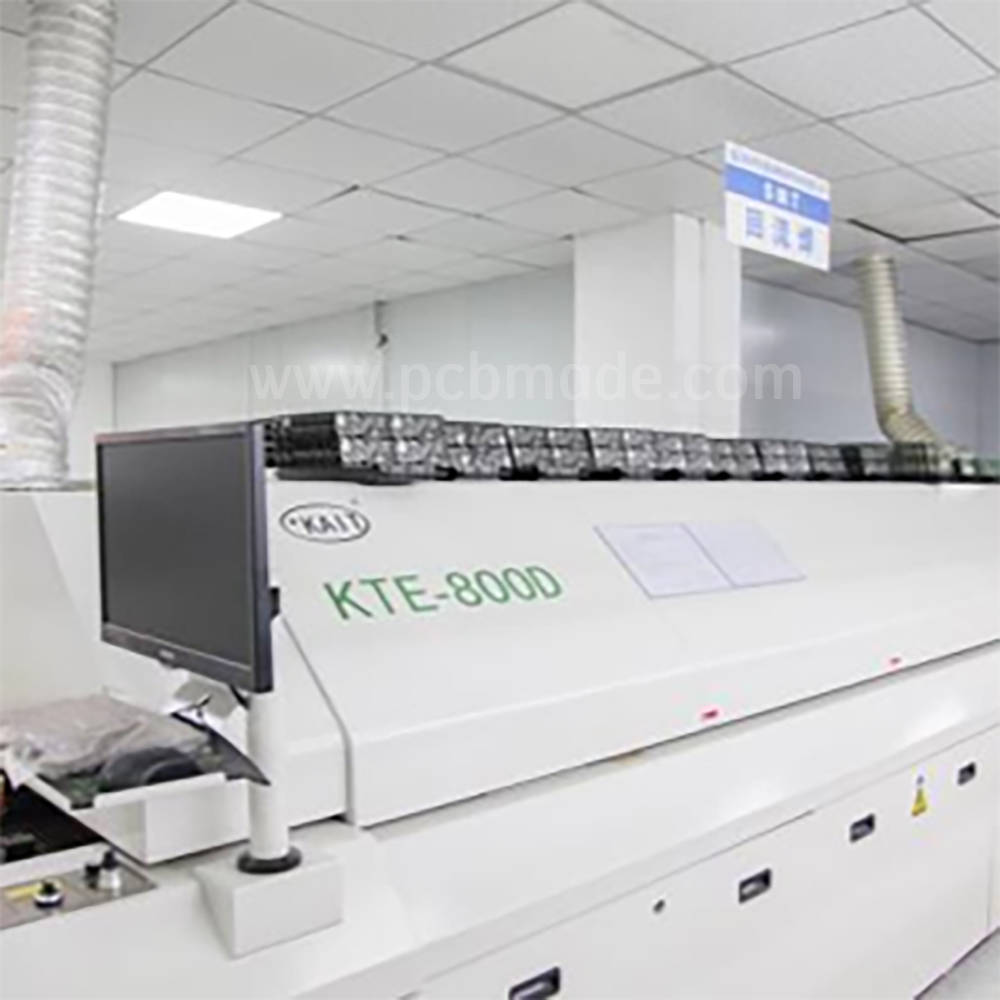Against the backdrop of the continuous development and increasing demand in the current electronic product market, the efficiency and quality of the production process of printed circuit boards (PCBs), as one of the core components of electronic products, are particularly important. To ensure the smooth progress of PCB production process, it is essential to follow the corresponding storage specifications and international standards.
The PCB storage specification refers to a series of regulations and requirements that should be followed during the storage or transportation of PCBs. These specifications include requirements for storage environment, packaging methods, anti-static measures, and label identification.
Firstly, for the storage environment, PCBs need to be stored in a fire-resistant, moisture-proof, dust-proof, and non corrosive gas environment, with temperature and humidity maintained within a certain range to avoid long-term exposure to extreme environmental conditions that may cause quality problems.
Secondly, packaging methods are also important. Common packaging methods include vacuum packaging, nitrogen packaging, and anti-static packaging, which can be selected according to actual needs.
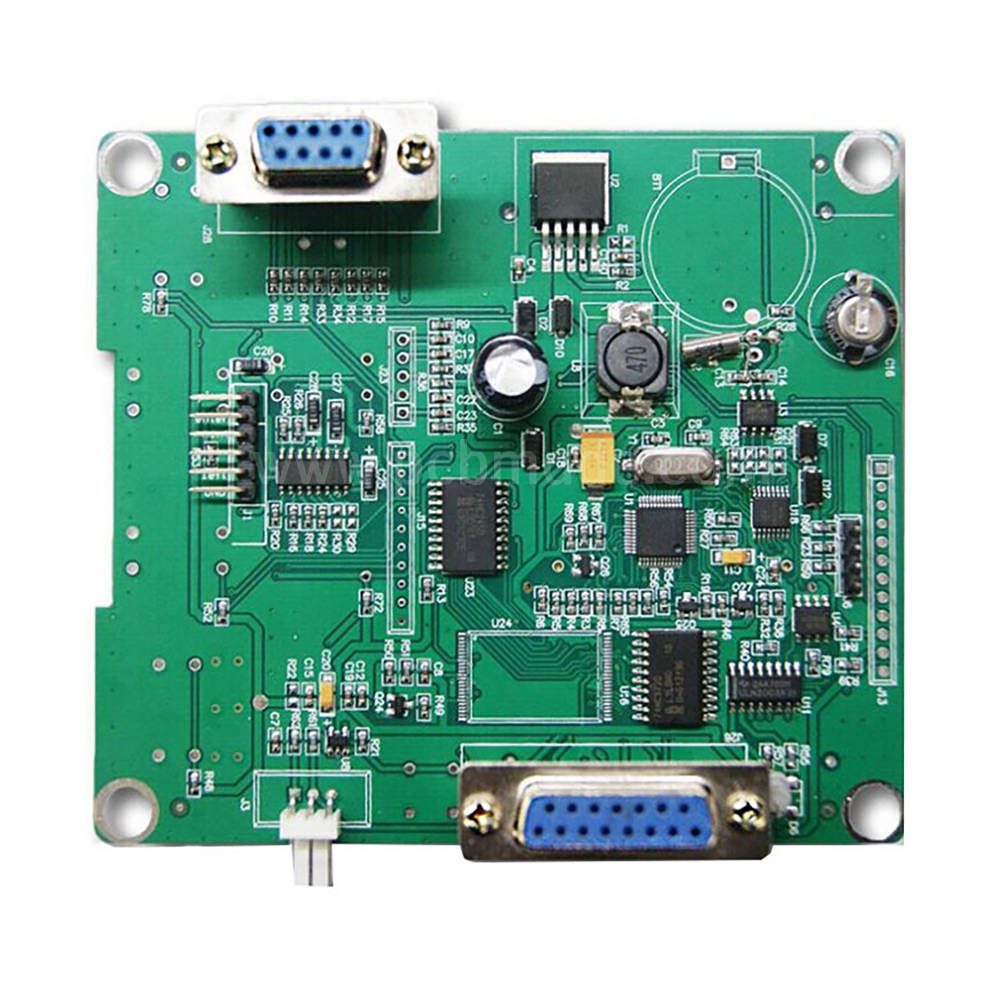

In addition, in order to facilitate the subsequent operation and tracking of PCBs, appropriate label identification is required on the packaging, including PCB number, production date, and other information.
The international standard for PCB board storage corresponds to the PCB storage specification. International standards are usually developed by the International Organization for Standardization (ISO) or electronic industry associations, with the aim of promoting a unified PCB storage standard worldwide, in order to facilitate collaborative cooperation between various industry chain links, improve production efficiency and quality. At present, the widely promoted international standards for PCB board storage mainly include ISO9001 and IPC-1601. ISO9001 is a quality management system certification that requires enterprises to include storage and transportation requirements in their quality management system. Compliance certification can ensure the improvement of product quality and organizational operation level. IPC-1601 is a storage and transportation standard for the electronics industry, which covers various aspects of PCB storage, including environmental, packaging, and labeling requirements.
Compliance with PCB storage specifications and international standards is of great significance for the smooth progress and quality control of PCB production processes.
Firstly, a reasonable storage method can avoid PCB quality problems caused by improper storage environment, such as oxidation and mold growth.
Secondly, the correct packaging method can effectively prevent damage to the PCB caused by collisions, vibrations, and static electricity during transportation.
In addition, through appropriate label identification, the information of each PCB can be accurately recorded and tracked, facilitating quality traceability and after-sales service.
In summary, following PCB storage specifications and international standards can improve the efficiency and quality of PCB production. A reasonable storage environment, appropriate packaging methods, and accurate labeling are key to ensuring the safety and integrity of PCBs during storage and transportation. Therefore, in the PCB production process, enterprises should strictly follow the corresponding norms and standards for operation, and continuously carry out technological innovation and management improvement to improve production efficiency and product quality, and meet market demand.


